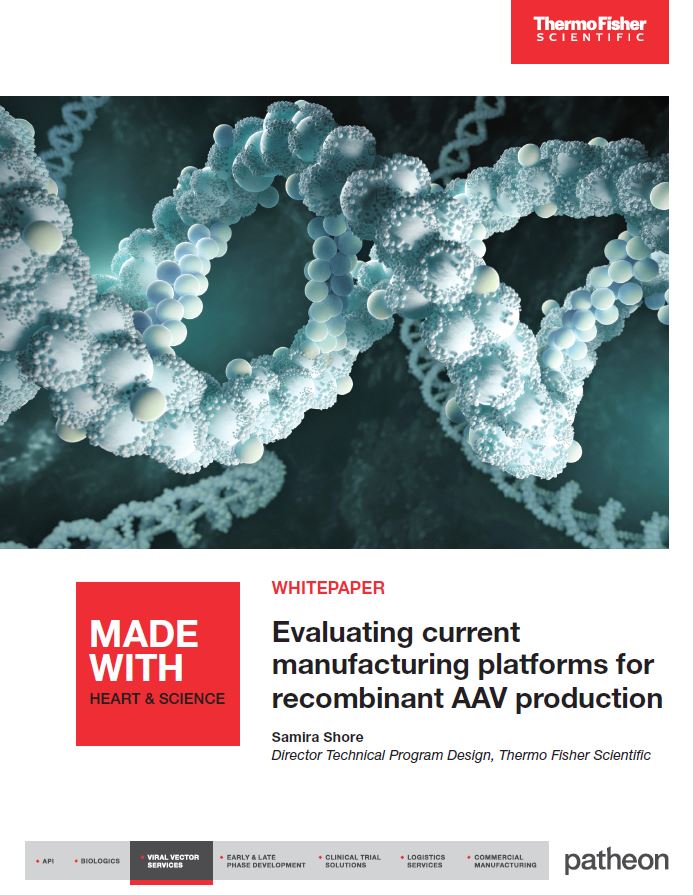Voices of Biotech
Podcast: MilliporeSigma says education vital to creating unbreakable chain for sustainability
MilliporeSigma discusses the importance of people, education, and the benefits of embracing discomfort to bolster sustainability efforts.
June 8, 2021

Sponsored by Lonza Biologics
The rapidly growing interest in gene therapy has led to the need for more cost-effective and scalable viral vector manufacturing platforms to deliver these therapies. Adeno-associated virus (AAV) has become the vector of choice as it stands out for its safety profile since infection with the vector is not pathogenic. Also, AAV cannot replicate on its own and is not directly integrated into the host genome.
Realizing the full potential of viral vector-based therapies requires a successful manufacturing platform for recombinant AAV vectors. Platforms used to manufacture AAV vectors include: Transient Transfection of adherent/suspension HEK293 cells, Baculovirus expression vector system utilizing insect, Sf9 cells, Packaging or producer cell lines (stable transfection systems), and Herpesvirus helper processes utilizing mammalian cells. As one explores these AAV options, it is important to understand how the platforms are used to properly evaluate their fitness for your molecule’s unique needs. In this whitepaper, you’ll walk through a comparison of different AAV platforms and their pros and cons to help evaluate which AAV option is best suited for your gene therapy.
You May Also Like